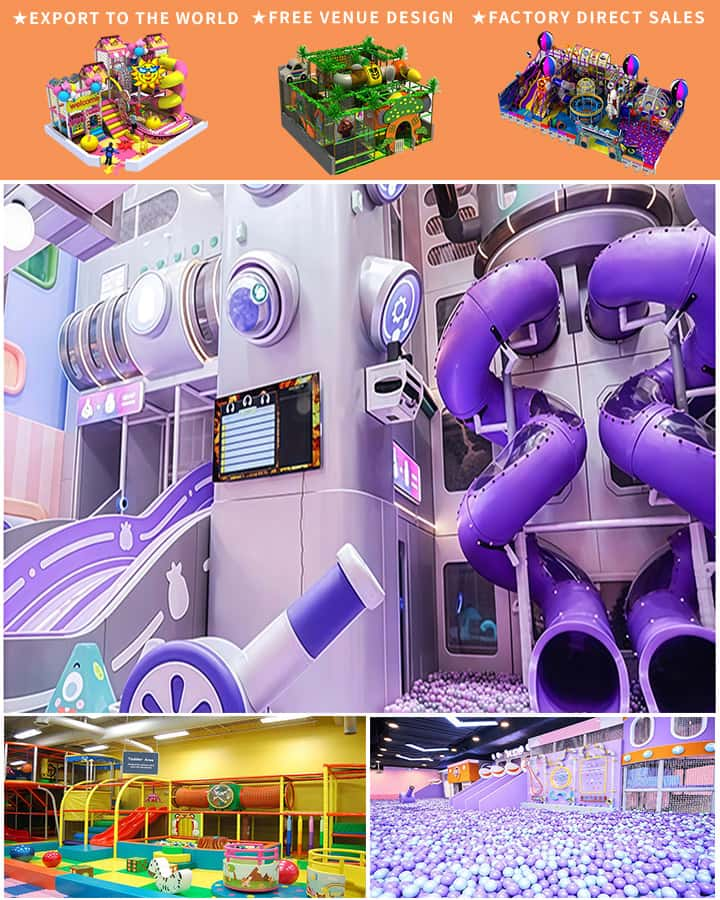Soft play equipment has become a staple in homes, schools, and recreational facilities worldwide, offering children a safe and engaging environment for physical activity. This article delves into the fascinating world of soft play equipment, focusing on what it is made of, its importance, and how these materials contribute to safety and durability.
What is Soft Play Equipment Made Of?
Soft play equipment typically consists of various materials designed to cushion falls and protect children from injuries during play. The primary materials used include foam, fabric, and vinyl, each serving specific functions to ensure both safety and enjoyment.
1. Foam
The foundational material in most soft play equipment is foam. High-density foam provides excellent cushioning, absorbing impact and reducing the risk of injury when children jump, climb, or tumble. The density of the foam can vary depending on the intended use of the equipment. For instance, higher-density foam is often used in areas where more significant impact is expected, such as landing zones or climbing walls.
2. Fabric
The foam core is usually covered with durable and easy-to-clean fabric. Common choices include polyester, nylon, and microfiber materials. These fabrics are selected not only for their durability but also for their ability to withstand frequent washing and heavy usage. Some high-end soft play equipment may feature fire-retardant fabrics for added safety compliance.

3. Vinyl
Vinyl is another essential material used in soft play equipment, particularly for surfaces that require waterproofing or additional hygiene measures. It is commonly found on items like ball pits and inflatable structures. High-quality, non-toxic vinyl ensures that the equipment remains safe for children while providing an easy-to-sanitize surface.
Importance of Material Choice
The choice of materials in soft play equipment is critical for several reasons:
Safety
Safety is paramount when it comes to children’s play equipment. The combination of high-density foam, durable fabrics, and non-toxic vinyl creates a protective barrier that minimizes the risk of serious injuries. Additionally, fire-retardant materials offer peace of mind by reducing the risk of fire hazards.
Durability
Children are notoriously rough on their playthings, so durability is a must. High-quality materials ensure that the soft play equipment can withstand years of use without losing its structural integrity or aesthetic appeal. This longevity offers better value for money and sustained safety for users.
Hygiene
Ease of cleaning is another important factor. Soft play equipment must be kept clean to prevent the spread of germs and allergens. Fabric covers and vinyl surfaces are generally easy to wipe down and disinfect, making maintenance straightforward and effective.
Environmental Considerations
In recent years, there has been growing awareness about the environmental impact of children’s play equipment. Many manufacturers are now opting for eco-friendly materials and production processes. Recycled foam, organic fabrics, and non-toxic dyes are becoming more common, ensuring that soft play equipment is not only safe for children but also kind to the planet.
Conclusion
Soft play equipment is an essential component of modern play environments, providing a fun yet safe space for children to explore and develop. By understanding the materials used—primarily foam, fabric, and vinyl—parents and facility managers can make informed decisions about the quality and safety of these products. As technology and sustainability efforts continue to advance, we can expect even safer, more durable, and environmentally friendly soft play equipment in the future.




